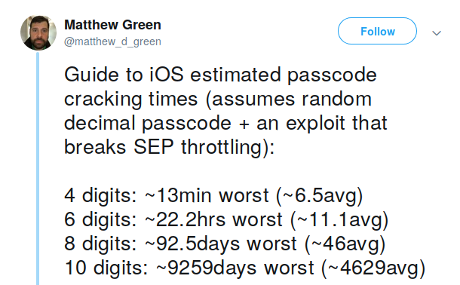Christian Gruin writes in an email:
Dear XML and XQuery aficionados,
It’s been exactly 5 months ago when BaseX 9 was released, and we are happy to announce version 9.1 of our XML framework, database system
and XQuery 3.1 processor! The latest release is online:The most exciting addition is support for WebSockets, which enable you to do bidirectional (full-duplex) client/server communication with
XQuery web applications:http://docs.basex.org/wiki/WebSockets
Moreover, we have added convenient syntax extensions (ternary if, Elvis operator, if without else) to XQuery. Some of them may be made available in other implementations of XQuery as well (we’ll keep you updated):
http://docs.basex.org/wiki/XQuery_Extensions#Expressions
Other new features are as follows:
XQuery:
– set local locks via pragmas and function annotations
– Database Module: faster processing of value index functions
– Jobs Module: record and return registration times
– ENFORCEINDEX option: support for predicates with dynamic values
– Update Module, update:output: support for caching maps and arraysGUI:
– Mac, Windows: Improved rendering support for latest Java versions
– XQuery editor: choose and display current query contextVisit http://docs.basex.org to get more information on the added features.
Your feedback is welcome! Have fun,
Christian
BaseX Team
I know of no examples of weaponized email leaks using BaseX for the mid-term elections in less than a week.
That absence is more than a little disappointing because industrial strength weapons are available, such as BaseX, and computer security remains on a Hooterville level of robustness.
Despite this missed opportunity, there are elections scheduled (still) for 2020.



